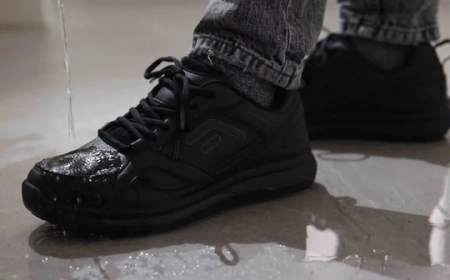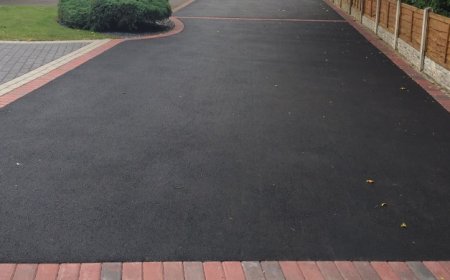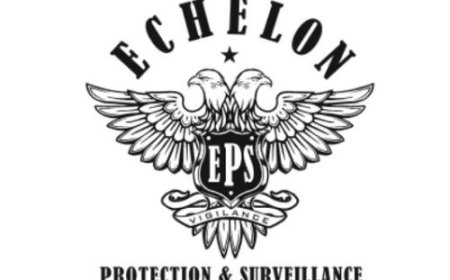The Art and Legacy of Bear Skin Rug Taxidermy
Bear skin rug taxidermy is more than just a decorative item; its a time-honored tradition that connects us to the history of hunting, craftsmanship, and wildlife preservation. These iconic pieces symbolize strength, wilderness, and the age-old bond between humans and nature. Whether draped across a cabin floor or hung as wall art, a bear skin rug carries stories of adventure, skill, and respect for the wild.
The History Behind Bear Skin Rugs
A Symbol of Prestige and Tradition
Bear skin rugs have been cherished by hunters and collectors for centuries. In early American frontier life, a bear skin rug was a prized possession, often displayed proudly in homes as a sign of courage and hunting prowess. Indigenous peoples also valued bear hides for their warmth, spiritual symbolism, and utility.
In Europe, royalty and aristocrats decorated their lodges with bear skins to showcase their wealth and adventurous spirit. Over time, these rugs became synonymous with rustic luxury and masculine elegance.
Evolution into Modern Decor
Today, bear skin rug taxidermy has expanded beyond traditional hunting circles. Interior designers use them to add texture, history, and a rugged aesthetic to homes, lodges, and luxury cabins. While some rugs still come from legal, ethical hunts, others are crafted from vintage hides or sourced through taxidermists who specialize in restoration.
The Process of Creating a Bear Skin Rug
Ethical Sourcing and Legal Considerations
One of the most critical aspects of modern bear skin rug taxidermy is legality and ethics. In many countries, strict regulations govern bear hunting and trade. Only licensed hunters or collectors can legally possess and use bear hides. Buyers should always ensure their rugs come with proper documentation proving that the animal was sourced legally and ethically.
Endangered species are off-limits, and permits are often required to import or export bear hides. Reputable taxidermists and dealers follow these laws strictly to preserve wildlife and maintain sustainable practices.
Skinning and Preparation
Creating a bear skin rug starts with careful skinning of the animal. This step is crucial to preserve the hide and prevent damage. The hide is then salted to remove moisture and prevent decomposition. After drying, it is sent to a tannery where it undergoes chemical treatment to become soft, pliable, and durable.
The tanning process can take several weeks and ensures that the bear skin will last for decades without degrading. The fur is cleaned, brushed, and sometimes dyed to enhance its natural beauty.
Mounting and Backing
Once tanned, the hide is prepared for rug mounting. This includes shaping it into a symmetrical form, stretching it flat, and attaching a felt or fabric backing. The head is often mounted with a sculpted mold to retain the bears natural expression and features. Glass eyes and detailed mouth structures give it a lifelike appearance.
The final product is sewn together with precision, ensuring the rug is both aesthetically pleasing and durable for everyday use.
Caring for a Bear Skin Rug
Placement and Usage
Bear skin rugs should be placed in areas with low foot traffic if they are meant to last. While they are durable, excessive walking or moisture can cause damage over time. Many owners prefer to display them on walls or furniture to preserve their condition and visual appeal.
Cleaning and Maintenance
Routine maintenance involves gently vacuuming the fur with a brush attachment and avoiding direct sunlight, which can fade the color. If the rug becomes soiled, its best to consult a professional taxidermist or cleaner with experience in fur and hide preservation. Avoid DIY cleaning methods as they can damage the tanning or stitching.
Proper storage is also essential. During off-seasons or home renovations, rugs should be stored in a dry, cool place in a breathable garment bag to prevent mildew and moth damage.
Choosing the Right Bear Skin Rug
Factors to Consider
When buying a bear skin rug, consider the size, species, color, and overall condition. Grizzly and black bears are the most common species used, with grizzlies being larger and more dramatic in appearance. Black bears are more accessible and come in a variety of color phases from chocolate brown to cinnamon and even blonde.
Look for even fur coverage, soft leather backing, and realistic facial details in the head mount. A well-made rug will feel luxurious, lay flat, and maintain its form over time.
Authentic vs. Faux
For those who love the look but prefer cruelty-free options, faux bear skin rugs are increasingly popular. Made from synthetic materials, these rugs mimic the appearance and texture of real bear hide without using animal products. While they lack the authenticity of genuine taxidermy, they provide a guilt-free decorative option and are easier to maintain.
The Cultural and Emotional Value
A Piece of Personal or Family History
For many, a bear skin rug is not just a decorationits a family heirloom or a memory of a successful hunt. Passed down through generations, these rugs carry emotional significance and often symbolize rites of passage or outdoor traditions.
Some hunters choose to preserve the hide of a particularly memorable hunt as a way to honor the animal and the experience. In this way, bear skin rug taxidermy becomes a deeply personal art form, filled with respect and narrative.
Wildlife Education and Conservation
Museums and nature centers often use bear skin rugs and mounted displays to educate the public about wildlife, ecosystems, and conservation. By preserving these animals in lifelike form, taxidermy helps bridge the gap between human curiosity and nature appreciation.
Ethical taxidermy contributes to awareness of species diversity and the importance of sustainable practices in hunting and wildlife management.
Where to Find Quality Bear Skin Rugs
Working with Professional Taxidermists
If youre seeking a bear skin rug, the best source is a reputable taxidermist with proven experience. These professionals not only create high-quality work but also follow ethical guidelines and legal regulations. Custom work may involve using your own bear hide or selecting from available inventory.
Antique and Specialty Shops
Vintage bear skin rugs can be found in antique stores, estate sales, or specialty wildlife decor retailers. These pieces often have unique character and history but should still be inspected for wear and damage before purchase.
Always verify provenance, especially if the rug is being imported or sold as part of a collection.
Conclusion
Bear skin rug taxidermy remains a powerful symbol of wilderness, craftsmanship, and tradition. Whether appreciated for its beauty, historical significance, or emotional value, a well-made bear skin rug serves as a lasting tribute to nature and the skill of the taxidermist. When sourced ethically and cared for properly, these majestic rugs can offer both warmth and wonder for generations to come.





































